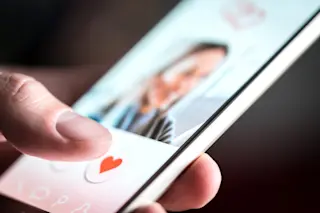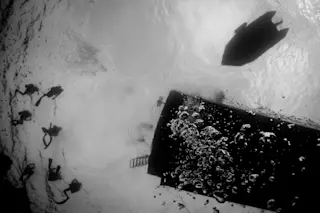Desk-bound comic character Dilbert would probably relate to the legions of headset-wearing operators who worked in the typical Bank of America call center back in 2009. They labored in row upon row of low-walled cubes, fielding calls from customers who were often demanding, sometimes angry, occasionally rude. Burnout and turnover were high and productivity often lagged — and company executives couldn’t figure out what was wrong.
As intractable as these problems seemed, the company found an easy way to turn things around — just by allowing co-workers to take breaks with others on their “teams.” Today, if you enter a Bank of America call center where this simple change has been made, you’d likely see teams of operators huddled together swapping stories or heading off to lunch, cracking jokes like old friends. The result: a 15 to 20 percent rise in productivity and substantial increases in customer satisfaction. Employee turnover ...















